 Back to Exhibitions
Back to Exhibitions



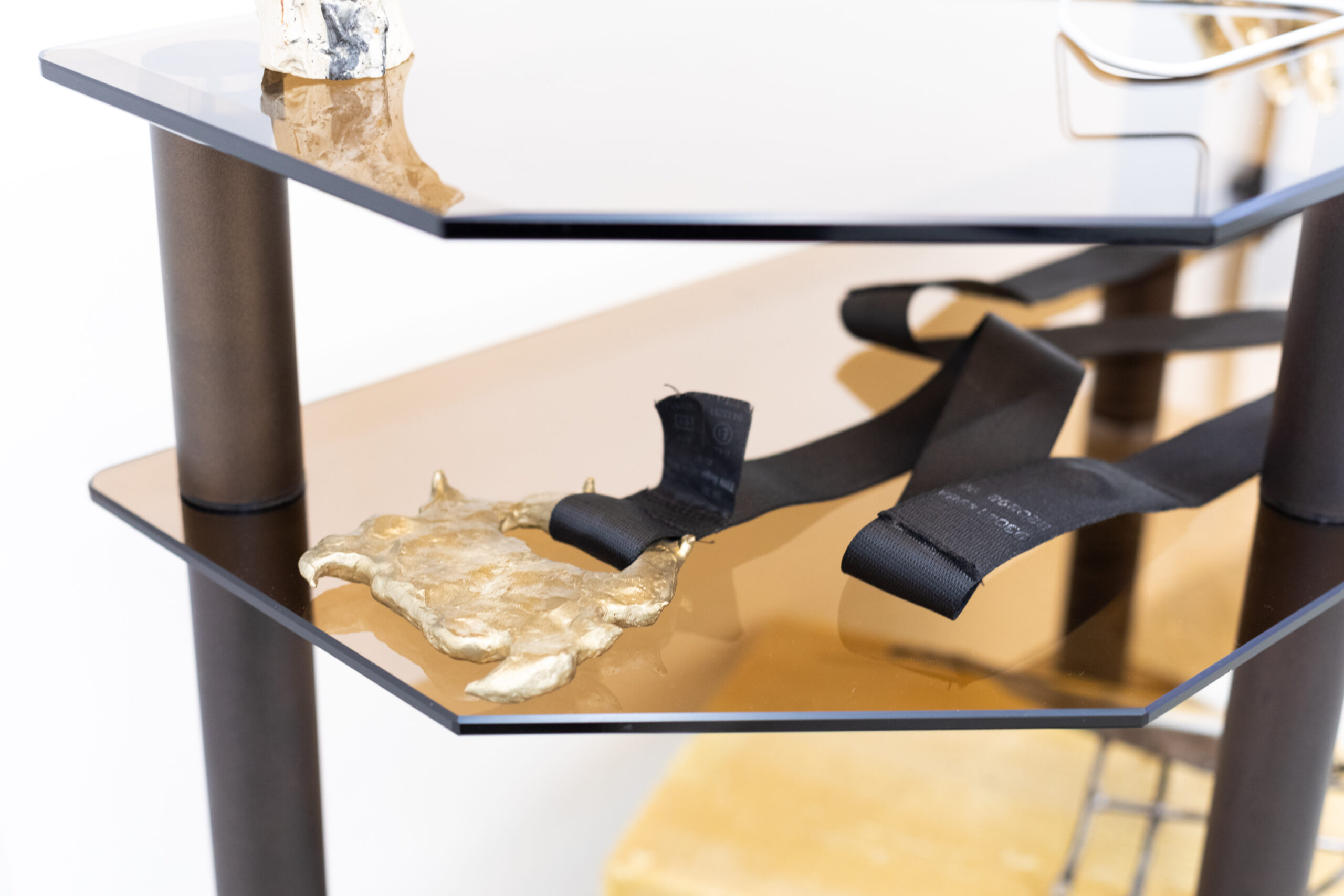


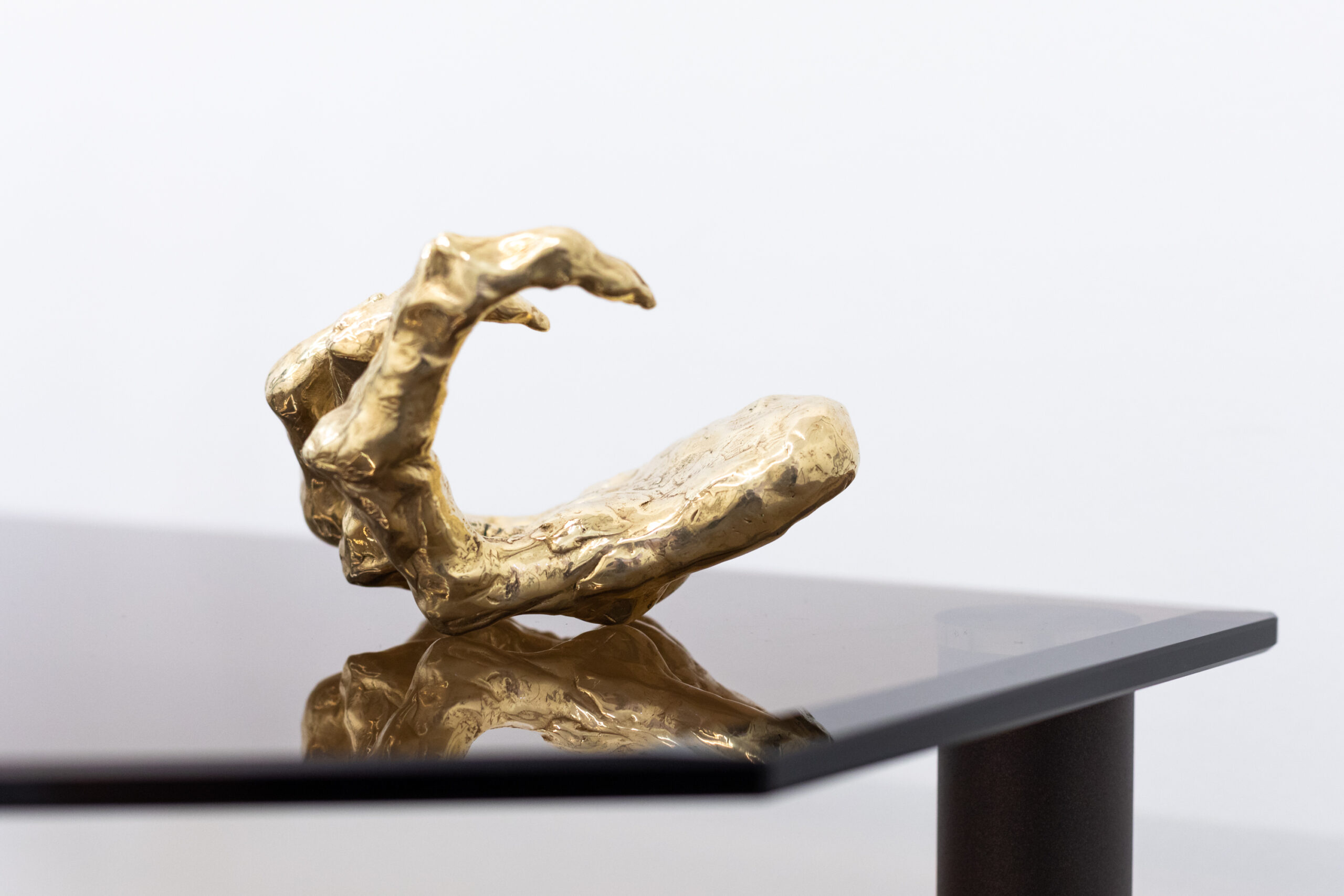



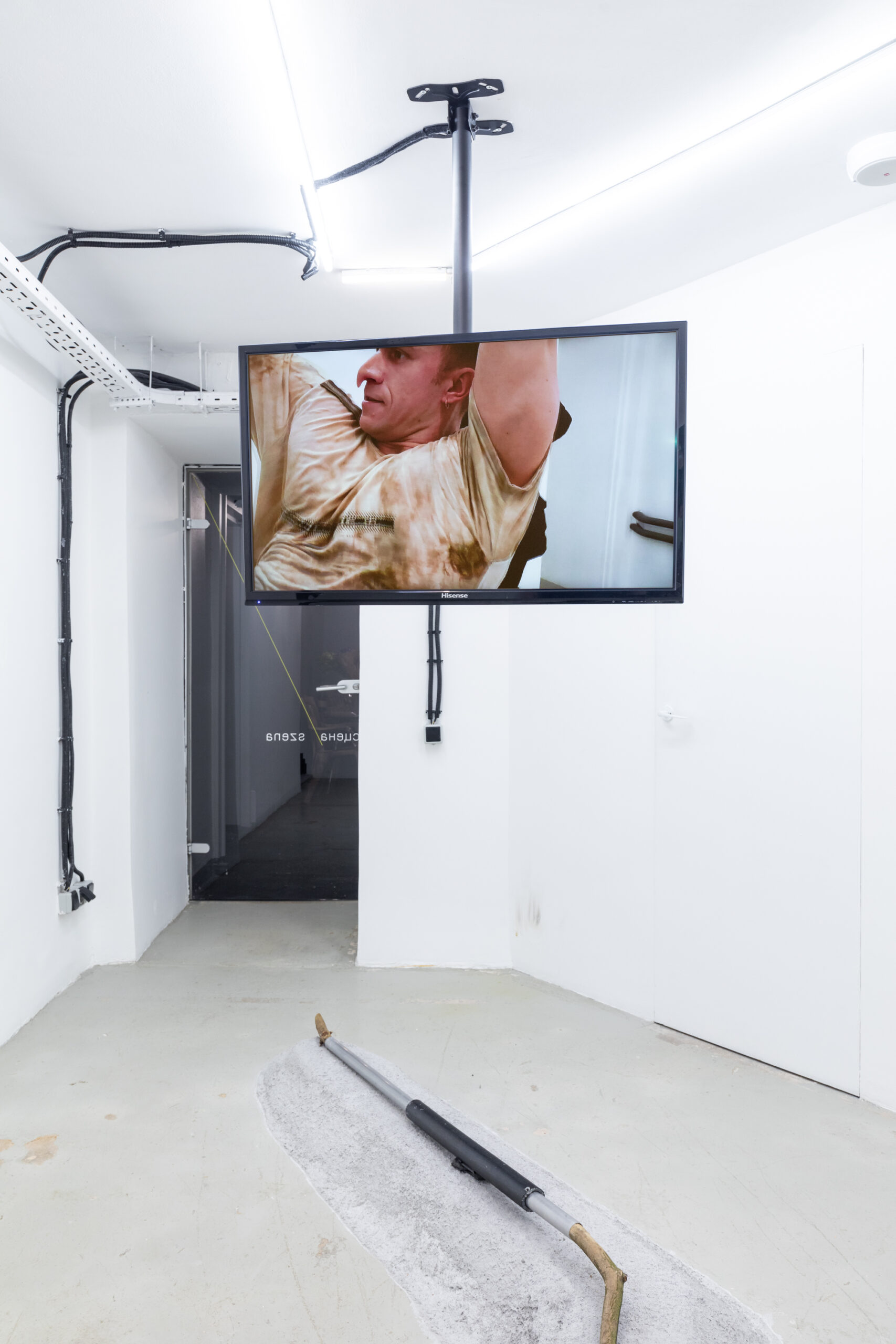





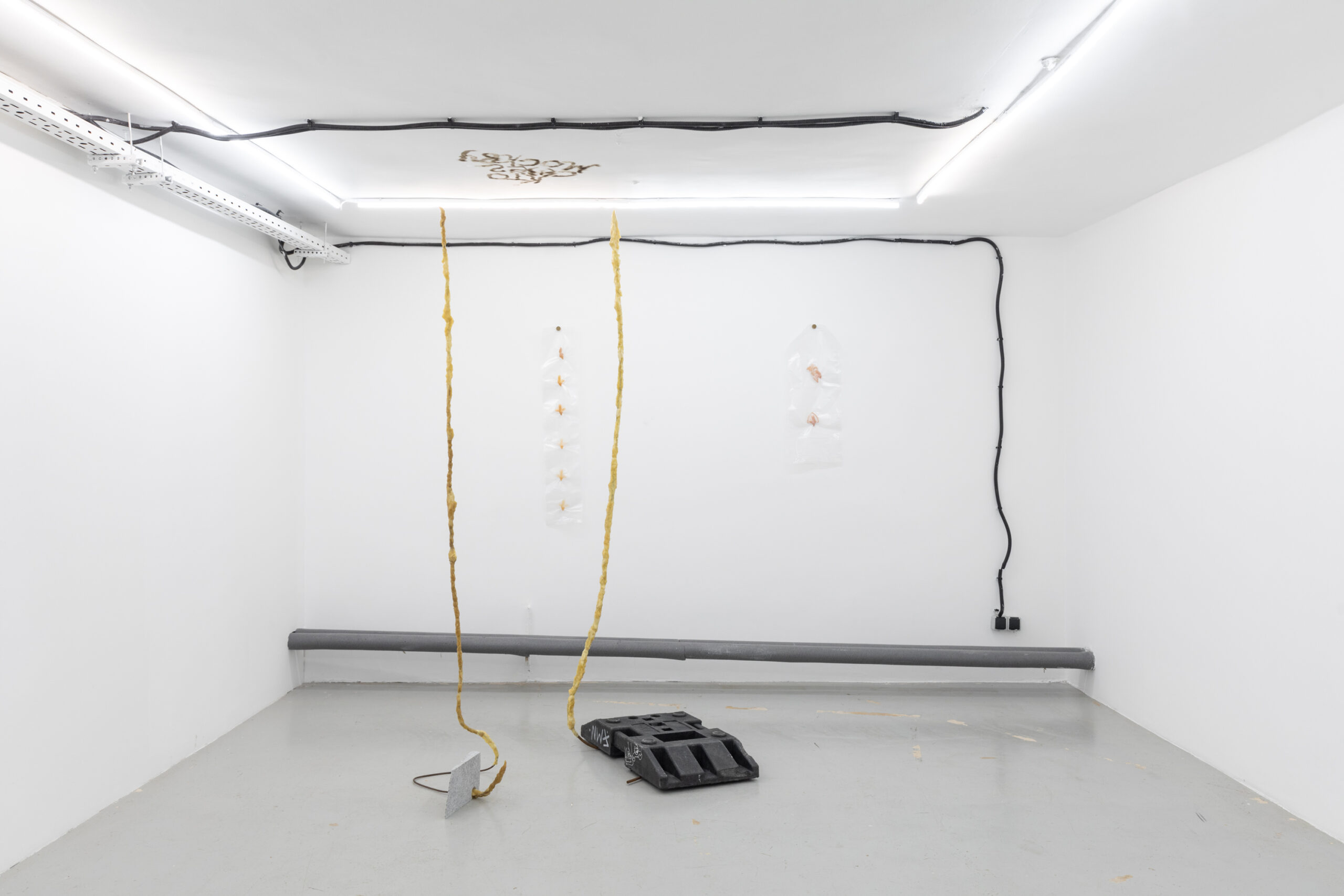
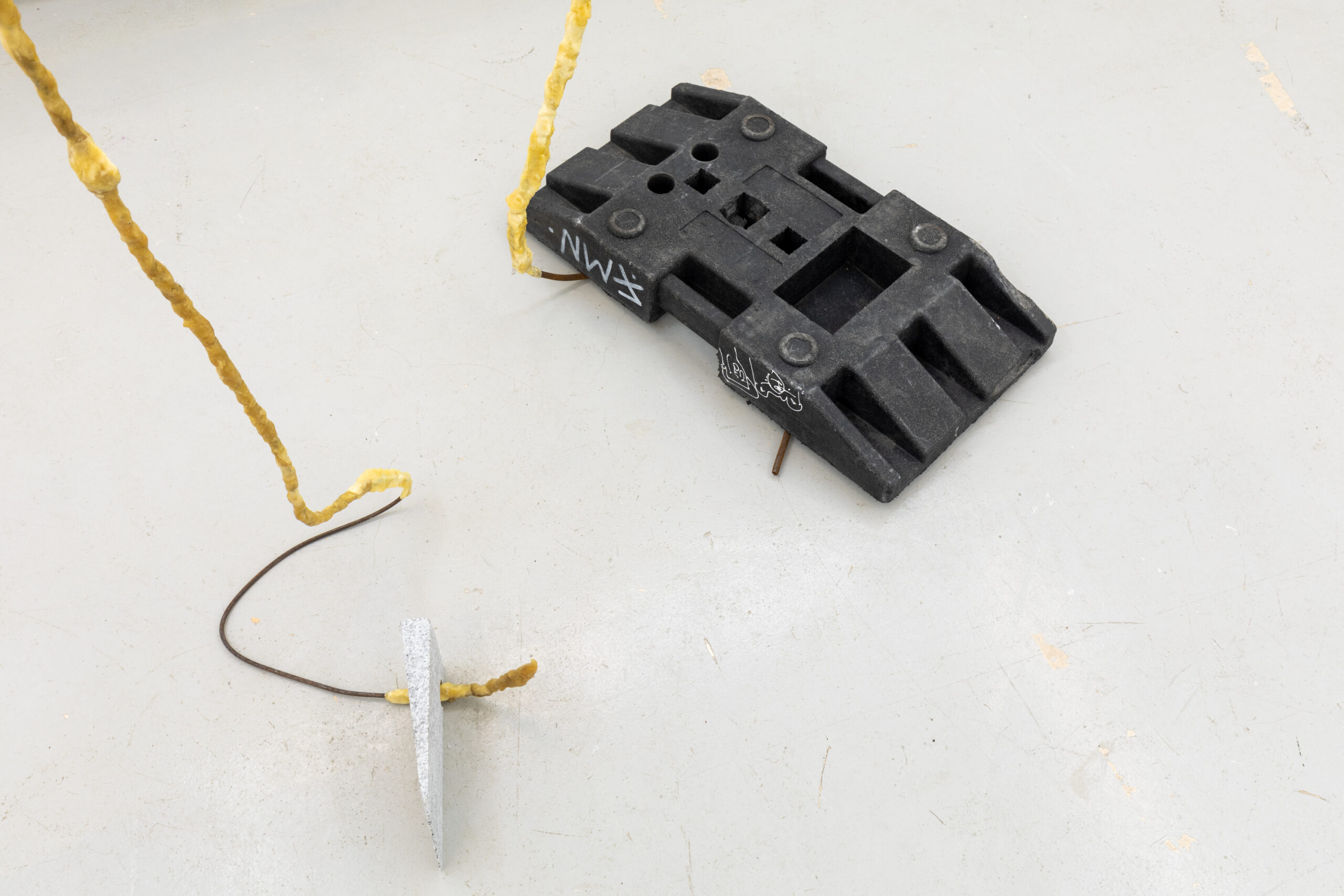










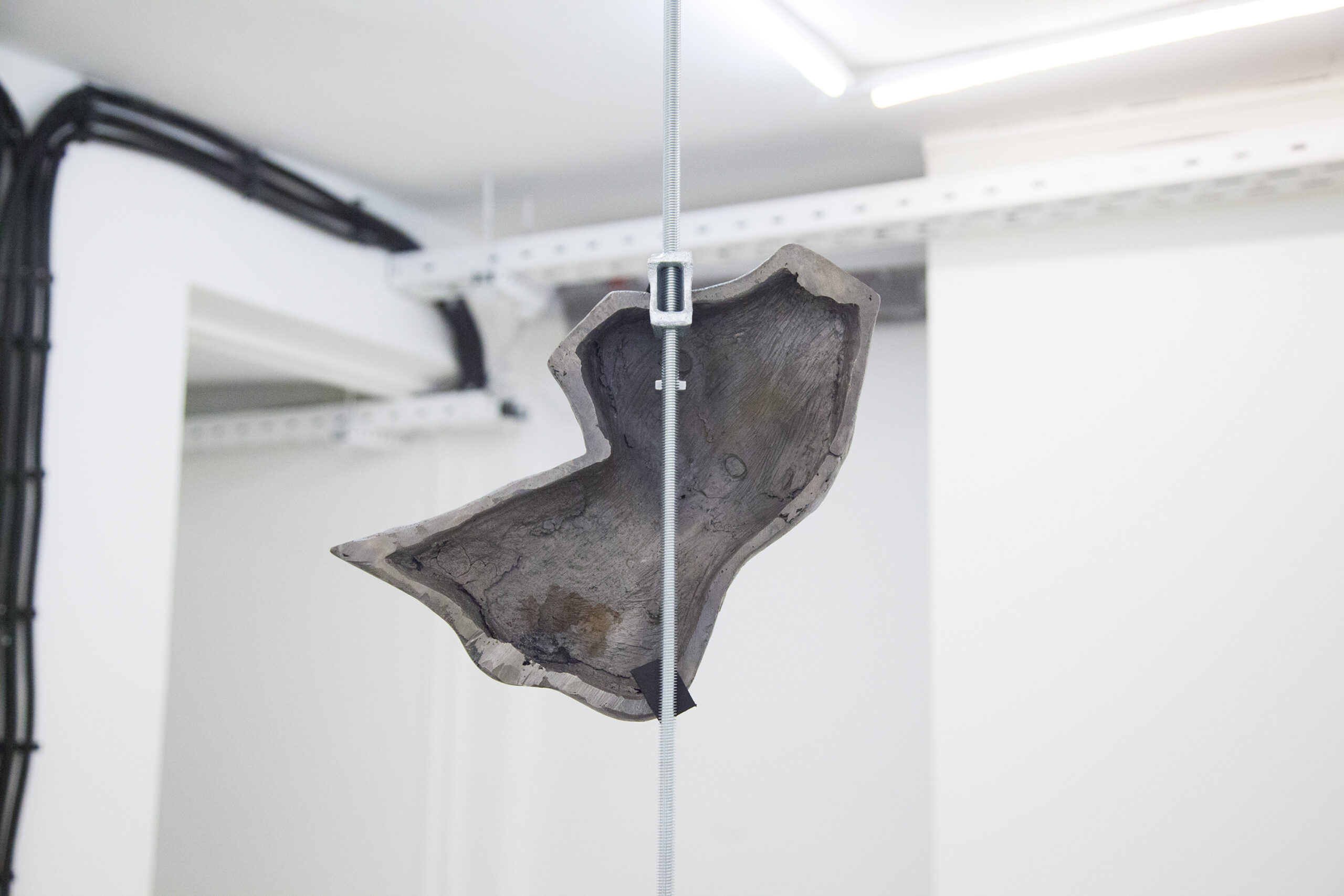








“Oh, That’s How Things Always Used to Be and That’s How They Will Stay”
In everyday life, a public monument — being a visual central piece of a cityscape — remains almost an invisible or blurred object. It becomes visible only when the depicted event or the person it represents becomes subject to critical revision. Arguably, the average Muscovite would not be capable of explaining the decoration or retelling the history of the Triumphal Arch, commemorating Russia’s victory over Napoleon. Like the very victory itself, which still remains contested, the history of this monument is comprised of a series of ambivalent reconstructions, dislocations, and displacements of meaning. Since it has become a reproducible sightseeing attraction, it is taken as a native and autochthonous object, which produces a familiar effect: “Oh, that’s how things always used to be and that’s how they will stay”[1].
The history of the Triumphal Arch of Moscow is ambivalent and reflects the major historical phases of the politics of urban planning and the changing ideological paradigms. The temporary wooden version of the arch was erected at Tverskaya Zastava Square, celebrating the peace treaty of 1814, in order to welcome the soldiers coming back from Saint Petersburg. However, being afraid of protests, Alexander I canceled the celebration, which delayed the process of decoration. The lasting gate was built only after the post-fire reconstruction of Moscow made by Joseph Bové in the middle of the 19th century and had not only an ideological, but also a technical function: together with guardhouses, it became a part of ensemble enclosing Tverskaya street. The basis of the arch was made of white stones left from an aqueduct, while decorative elements — designed by Ivan Vitali and Ivan Timofeyev based on Bové’s sketches — were made of cast iron, a relatively new industrial material that was not yet equal to noble bronze. A hundred years later, following Stalin’s master plan for the reconstruction of the city of Moscow, after meticulous documentation of its details, it was hidden from view for an indefinite time. Different projects to integrate into the city planning, developed by the best architects, did not prevent its dismantling.
Only in 1968 was the current version of the arch reconstructed and unveiled. Stylistically, the arch contradicted modernist sensibility, while at the level of content, it did not correspond to the era of commemoration, with its ruined counter-monuments and skepticism towards any celebration of militarism. This architectural hybrid or simulacrum, based on concrete and assembled only partially of original details, was moved to Kutuzovsky Prospekt — the place of return of other soldiers from another war — the Great Patriotic War. Thus, one historical event was superimposed onto another, and the park and memorial complex that was made there united the two victories together. Finally, in 2012, the monument was refurbished and cleaned, while the surrounding area was altered to compensate for its isolation from the social fabric of the city and its incongruity with the adjacent architecture. So, the final view of the arch that was modified just before the militarization of Russian foreign affairs, shining like a new attractive place for tourists or backdrop for selfies, welcoming people from high-status residential areas.
In his project, Alexey Taruts revisits the history of the Triumphal Arch, paying attention to one imperceptible detail of one of the high-relief sculptures: “The Expulsion of the French”. Designated by the creators as “The Driving of the Gauls from Moscow” or “Beating the Twelve Languages”, this sculpture, made in a typically allegorical manner for that time, depicts the victory of Russian troops over the so-called “Grande Armée” of Napoleon. Because the 19th century original, which was designed for a distant gaze, is today located at the yard of the Schusev State Museum of Architecture at the level of the viewer, one can see all the compositional conventions and ellipses (for instance, the creators did not depict the nails of the fighters). Moreover, among these strictly formed heroic figures, one enigmatic element has popped up — a partial-object or a formless corporeal mass, probably, belonging to a wounded or killed fighter. This insignificant, unelaborated detail, whose only aim was to protect the composition from falling apart, could be called a “defective cornerstone” that threatens the coherence and the order of the construction[2]. Given an autonomous existence in this show, it starts to destabilize the mechanisms of romanticization and aggrandizement of war as the spectacular wow-effects of propagandistic architecture.
Historically, the triumphal imagery was to convey and visualize a series of abstract categories such as “victory”, “honor”, “power”, and “divine providence”[3]. Solitary centuries-old arches still communicate these messages to us. These semi-architectural and semi-sculptural constructions do not have any practical functions except the production of space. Imitating an entrance or a gate, they do not lead anywhere, while their location in contemporary cities often impede movement. If the Paris arch is surrounded by a roundabout, its Moscow equivalent is clamped between congested roads. Certain subcultures of conspiracy theorists explain their incommensurability with humans by saying that they were used as teleports for time travel.
Manuel Chrysoloras, a scientist who introduced Greek culture to Western Europe, marveled at the historical accuracy of the details represented on the arches[4]. However, the realism of the depicted events is the last word that can define these constructions. The structure and ornamentation of its parts (the attic, the frieze, the pillars, the sculptures, the reliefs) were defined by strict artistic repertoires, regularized already in ancient times[5]. The imperial style of the arch was oriented on the aesthetics of Rome. The lasting war had to be subjected to spatial symbolization, as if covering a 3D model. The process of “spatialization” had to be reversible: the period eye was able to “unpack” its content and transform it into an intelligible narrative, in this case, driving Napoleon’s army from Moscow.
According to the fashion of the time, all the participants of that event were wearing Roman clothing. Russian troops were presented as Romans and the expelled army (of the “Twelve Languages”), in turn, was transformed into tribes of wild Gauls. In order to elevate the scene of violence and to distance it from the bitter reality of war, its plot is aged and teleported into the legendary heroic past. In the first room of the gallery, this allegorical story acquires a post-medium existence. In the site-specific video that was shot in situ, the hired dancer imitates this fallen figure of a soldier from the bas-relief, scratching the white cube walls with steel shoes. The artist highlights the imaginary character of the composition: the original high-relief was a kind of reenactment of imaginary performance, where the extras played the battle scenes, while the video documents a fantasy reconstruction of another fantasy reconstruction. In the absence of accurate sources of the actual event, the only document becomes the indexical trace on the wall.
The repetition of tragedy, following the famous formula, turns into a farce and cannot evoke true patriotic feelings. In the times of the Marvel universe, with its endless rearrangement of characters and production of hybrid identities subculture of role-players or historical reconstructions, the ecstatic theatrical affection of triumphant Romans and defeated Gauls can only be perceived as cheap kitsch. Due to these inevitable associations, the critical pathos of these performances made in cast iron escapes the contemporary viewer. On the one hand, one could read it as a gesture of “internal colonialism” — an attempt to compensate for the flawed self-representation of the Russian Empire, transforming the local people into true European descendants of Western civilization. But simultaneously, the trick is a symbolic “decolonization”: the actual citizens of Western Europe, the aggressors, are depicted as barbarians in comparison to the peaceful Russians. Such a reenactment of the military conflict was a subversive tactic of the adoption of the enemy’s language, because the very phenomenon of the imperial style was an appropriation of the militarist and triumphal aesthetics of Napoleon’s France.
Another ideological trick of the arch that is reflected in this project is the exclusively technical convention that is familiar to art historians and sculptors, namely the deliberate deformation of proportions of sculptural elements. This modification was made to avoid the contraction of the perspective and the “crippling” of human forms. The recipient subject was somehow invited to spiritually rise up and find herself face-to-face with Roman soldiers, but remain with her feet on the ground. Standing under the arch, the observer sees a falling silhouette of a back, which is thrown out from the plane into a three-dimensional space. However, framing this figure and location at the low ceiling, the artist transforms the mechanisms of representation into facts or reality, bringing back repressed meanings. The same operation is made with the contemporary monument of a soldier, which is in the Museum of the Great Patriotic War, making a raised hand look like a scary cinematic trick or a phallic object. In both cases, metal melts and reveals itself as optically amorphous — i.e., a strange image that assembles into a holistic image only when viewed from the proper point of view. Amorphousness not only exposes the sacral non-present knowledge of the thing, but stages the very gaze itself and the process of looking, making it a part of the image.
According to the fashion of the time, all the participants of that event were wearing Roman clothing. Russian troops were presented as Romans and the expelled army (of the “Twelve Languages”), in turn, was transformed into tribes of wild Gauls. In order to elevate the scene of violence and to distance it from the bitter reality of war, its plot is aged and teleported into the legendary heroic past. In the first room of the gallery, this allegorical story acquires a post-medium existence. In the site-specific video that was shot in situ, the hired dancer imitates this fallen figure of a soldier from the bas-relief, scratching the white cube walls with steel shoes. The artist highlights the imaginary character of the composition: the original high-relief was a kind of reenactment of imaginary performance, where the extras played the battle scenes, while the video documents a fantasy reconstruction of another fantasy reconstruction. In the absence of accurate sources of the actual event, the only document becomes the indexical trace on the wall.
The repetition of tragedy, following the famous formula, turns into a farce and cannot evoke true patriotic feelings. In the times of the Marvel universe, with its endless rearrangement of characters and production of hybrid identities subculture of role-players or historical reconstructions, the ecstatic theatrical affection of triumphant Romans and defeated Gauls can only be perceived as cheap kitsch. Due to these inevitable associations, the critical pathos of these performances made in cast iron escapes the contemporary viewer. On the one hand, one could read it as a gesture of “internal colonialism” — an attempt to compensate for the flawed self-representation of the Russian Empire, transforming the local people into true European descendants of Western civilization. But simultaneously, the trick is a symbolic “decolonization”: the actual citizens of Western Europe, the aggressors, are depicted as barbarians in comparison to the peaceful Russians. Such a reenactment of the military conflict was a subversive tactic of the adoption of the enemy’s language, because the very phenomenon of the imperial style was an appropriation of the militarist and triumphal aesthetics of Napoleon’s France.
Another ideological trick of the arch that is reflected in this project is the exclusively technical convention that is familiar to art historians and sculptors, namely the deliberate deformation of proportions of sculptural elements. This modification was made to avoid the contraction of the perspective and the “crippling” of human forms. The recipient subject was somehow invited to spiritually rise up and find herself face-to-face with Roman soldiers, but remain with her feet on the ground. Standing under the arch, the observer sees a falling silhouette of a back, which is thrown out from the plane into a three-dimensional space. However, framing this figure and location at the low ceiling, the artist transforms the mechanisms of representation into facts or reality, bringing back repressed meanings. The same operation is made with the contemporary monument of a soldier, which is in the Museum of the Great Patriotic War, making a raised hand look like a scary cinematic trick or a phallic object. In both cases, metal melts and reveals itself as optically amorphous — i.e., a strange image that assembles into a holistic image only when viewed from the proper point of view. Amorphousness not only exposes the sacral non-present knowledge of the thing, but stages the very gaze itself and the process of looking, making it a part of the image.
In other words, the gaze itself is exposed and becomes a spectacle[6].
The original title of the show, “The Ultramute of Twelve Languages”, gives the key as to how to understand this gesture. The mute letter (the soft sound used in Russian [“ь”]) — that is taken out from the title — does not have a proper phonetic function and is added to make pronunciation more convenient. Similarly, the apprehension of sculptural elements is rendered difficult and hardly pronounceable. Here we can draw a parallel between the organization of the visual image and the structure of the language. The high-relief, “Beating the Twelve Languages”, is an elision – i.e., the omission of one or more sounds in a word — that appears in writing (for instance, the second “r” in the word “performance”). Therefore, it sharpens the traditional conflict between intelligible and sensible, and this repressed audible component takes on its own autonomous existence and semantic content.
The aesthetic meaning of an artwork is defined by the dialectics of the frame and composition. The frame infiltrates and determines what is included and what is excluded, whereas the balance and congruity of all the elements within must maintain the stability of its framing. Both high-reliefs of the arch — “Beating the Twelve Languages” and “Liberated Moscow” — are based on the binary conflict between horizontal and vertical lines. In the second high-relief, Caesar, the impersonation of Alexander I, holds out his hand to a reclining Moscow in the guise of an empress. The first high-relief juxtaposes Romans spoiling for the fight with raised swords against Gauls that obstruct their movement, but endow this image with tension. The compositional function of the prone body is to fill in the lowest side of the plane, to substantiate horizontality, and to isolate the segment with vertical outlines. The bodily stump fills the void and makes the Roman airily overstep it, when this very body —viewed from below — somehow slides down and falls from the height of the triumphal arch.
The suppression of horizontality by verticality, as it is thought in art criticism, is the process of sublimation, the repression of everything unstructured that a bipedal observer, oriented for exclusively visual perception (the evolution of bipedalism has followed the repression of olfaction and the mouth-to-anus line). But being decontextualized, this muscular mass becomes formless (l’informe). It activates an undermining operation that turns sublimation the other way round, “desublimating” and debasing the process of form-giving[7]. At the exhibition, one can see two vertical sculptures, made of ceresin wax — a material that is used for molding. These structures, reminiscent of the arch’s pillars, turn back the tide of the process of production of monument effect, bringing it to an earlier stage of production with malleable material. They are so etiolated, that they become shaky and insecure, making the phallic vertical, which defines the composition of the bas-relief and triumphal imagery as such, sensitive to convection and atmospheric fluctuation. Comparing them with the defeated mass, the viewer can phenomenologically experience the demonumentalization process intrinsic to monument production.
The relationships of inclusion and exclusion are enacted not only on the frame boundaries, but also on the limits of the body — on the epidermal tissues. Aristotelian aesthetics, Neoclassicism, and the imperial style were based on the ideals of order, symmetry, and exactness of the body. Men’s bodies should be endowed with harmony, clarity, and authority. Women’s bodies, on the contrary, are marked as unstructured, fluid, and indistinguishable[8]. Particularly, fat, which was associated with femininity, was taken as an excess, a surplus matter, and the false boundary that was the basis for the dichotomy of thinness and thickness, which were socially and historically determined categories[9]. Thus, seen from a feminist lens, the opposition form – formlessness could be redefined via a gender dichotomy. The liberated Moscow who holds her hand to Alexander I is depicted in the traditional pose of a “reclining nude” — a leitmotif in the history of art. Moreover, she is the only lying figure and the only woman depicted in the high-relief. She does not even try to stand up, but passively waits for the triumphant emperor to assist her. Notwithstanding that this allegorical figure of victory that traditionally crowns such arches was the female Nike and the fact that women took part in the war, within this aesthetic paradigm only the definitively masculine body, stripped of everything feminine, could be the subject of the heroic deed.
But what about this muddy formless genderfluid formation that became the protagonist of the exhibition? What is it a Roman hero or a defeated enemy Gaul? Is it a clot of fat or an excessive byproduct of athleticism? Is it a human figure or a representative of the inorganic world? Does it represent something or is it a fact of reality? Its role is defined mainly from interaction with other figures, and its content is deprived of ontology and violates the binary structures of the high-relief. As the artist tells us, he appears as “half as human and half as special effect”. Overstepping this muscle mass, a soldier’s own muscles fill up with strength, his forms become definite and thus he is differentiated as “man”, “soldier”, “hero”, “victor”, “triumpher”. By making necessary distinctions within this sculpture, it produces the sought-for components of triumph: “victory”, “power”, “honor”, etc. However, being from the beginning “defective”, this fold undermines the internal balance between the firmness and the liquidity of matter.
Not unlike the merging of temporalities that lies at the heart of the high-relief, contemporary Russian reality could be characterized through displacements: recurrent militarism in the time of the decline of general violence; the return of nationalism amid globalized, information-driven society; the invocation of toxic masculinity against the backdrop of feminization; the auratization of cultural artifacts, when they could be digitized and multiplied; as well as an extension of the state onto public space, parallel to the blossoming of private tourism. But the monumentality of a monument is not defined exclusively by its composition, it is based on the constant dialectics and play of monumentalization, demonumentalization, and remonumentalization[11]. Only by ruining the triumphal imagery or carrying it to the point of farce, can the image of grandeur and victory be reenacted in the post-heroic times.
Andrey Shental
[1] Boris Groys. Art Power. Cambridge: The MIT Press, 2008. P. 103.
[2] Jacques Derrida. Memoires: for Paul de Man. N.Y.: Columbia U.P., 1986. P. 72
[3] Margaret Ann Zaho. The Function and Significance of Triumphal Imagery for Italian Renaissance Rulers. NY: Peter Lang. P. 4.
[4] Michael Baxandall, Giotto and the Orators: Humanist observers of painting in Italy and the discovery of pictorial composition 1350–1450, Oxford, 1971. P. 80.
[5] Margaret Ann Zaho. P. 23.
[6] Jacques Lacan. The Four Fundamental Concepts of Psycho-analysis. NY: W. W. Norton & Ccompany, 1988. P. 88
[7] Yves-Alain Bois, Rosalind Krauss. Formless: A User’s Guide. NY: Zone, 1997.
[8] Lynda Nead. The Female Nude: Art, Obscenity and Sexuality. London, NY: Routledge, 1992. P. 17.
[9] Ibid. 10.
[10] Jacques Derrida. Truth in Painting. Chicago: University Of Chicago Press, 1987.
[11] Boris Groys. P. 104.